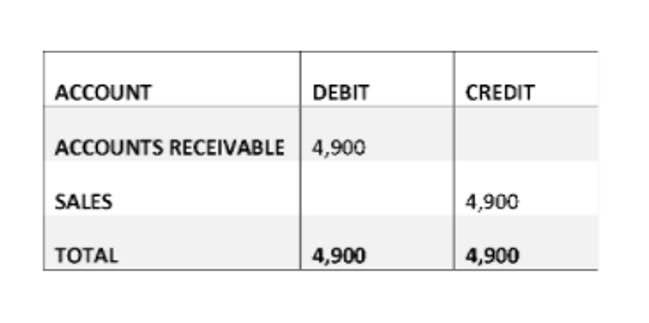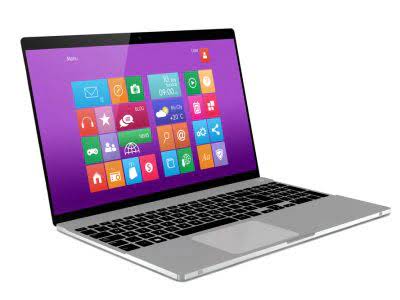- +39 3406487807
- studioartem@studioartem.it


Is an e-commerce expert with an emphasis on digital marketing and payment processing with 15 years of industry experience. He combines this experience with an in-depth understanding of online retail and public relations to help other businesses grow and succeed. EFT transactions generally have lower limits for how much you can send or withdraw daily, monthly, or in any given transaction. Electronic transfer is ideal for online transactions, bill payments, and other small transactions. Electronic transfers can be done online or through a mobile device, and they only require the recipient’s email address or phone number.

ACH transfers are facilitated by the National Automated Clearing House Association (NACHA), and considered a secure way to send money. Also, because ACH transfers generally take a few days to process and post, it’s generally easier to reverse a mistaken or fraudulent ACH transfer compared to a wire transfer. To decide which option for transferring money is best for your needs, you’ll want to consider the following differences between wire transfers and ACH payments.
EFT transactions are typically initiated through online banking platforms, mobile apps, or automated phone systems. Ultimately, the choice between an electronic transfer and a wire transfer depends on your specific needs. For regular, domestic transactions, electronic transfers offer a cost-effective and convenient solution. For urgent or international transactions, wire transfers provide a fast and secure way to send money.


EFTs (including wire transfers) offer a more convenient alternative to manual offline transfers like cash or checks. There’s no need to go physically to the bank or speak to personnel using these payment methods. As long as you have https://www.bookstime.com/ the receiving account details, you can set up a payment quickly and easily via online banking or a third-party platform. It is a direct bank-to-bank transaction that allows money to move quickly and securely across geographical distances.
It allows for quick and secure money transfers, making it an efficient option for various types of transactions, both domestic and international. An electronic funds transfer (EFT) is a digital transfer of money from one bank account to another, using a computerized network. These money transfers are processed through the Automated Clearing House (ACH) and Federal Reserve system, making them more reliable than traditional paper methods – like cash or checks. A wire transfer is the electronic transfer of funds from one bank account to another. As wire transfers are a type of EFT, there’s no physical transfer of money or checks. The sender will provide instructions for the transfer, including the recipient’s ledger account name, bank, account number, and the amount of the transfer.

Understanding the wire transfer vs electronic transfer attributes of both methods allows individuals and businesses to choose the most appropriate option based on their specific needs and requirements. Electronic transfers, also known as e-transfers or electronic funds transfers (EFTs), encompass a broad category of financial transactions conducted over electronic networks. These include direct deposits, debit card transactions, and online bill payments, among others. Moreover, many banks and financial institutions offer incentives for using electronic transfers, such as waiving fees for online bill payments or direct deposits.